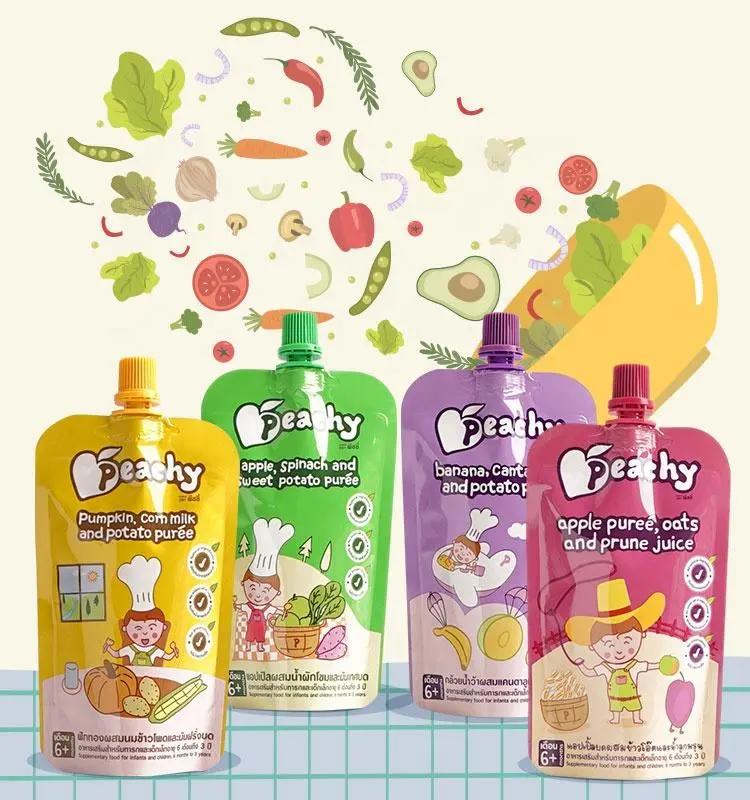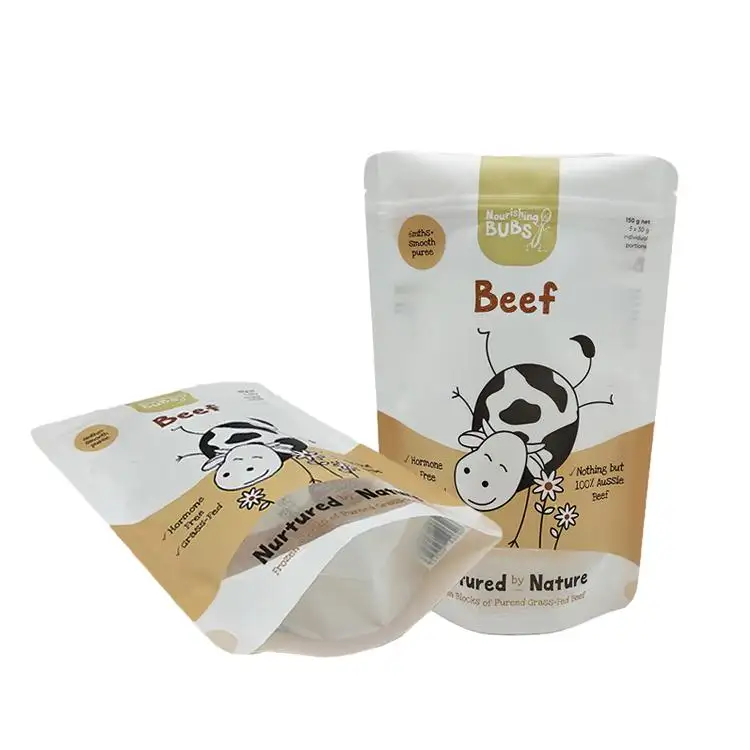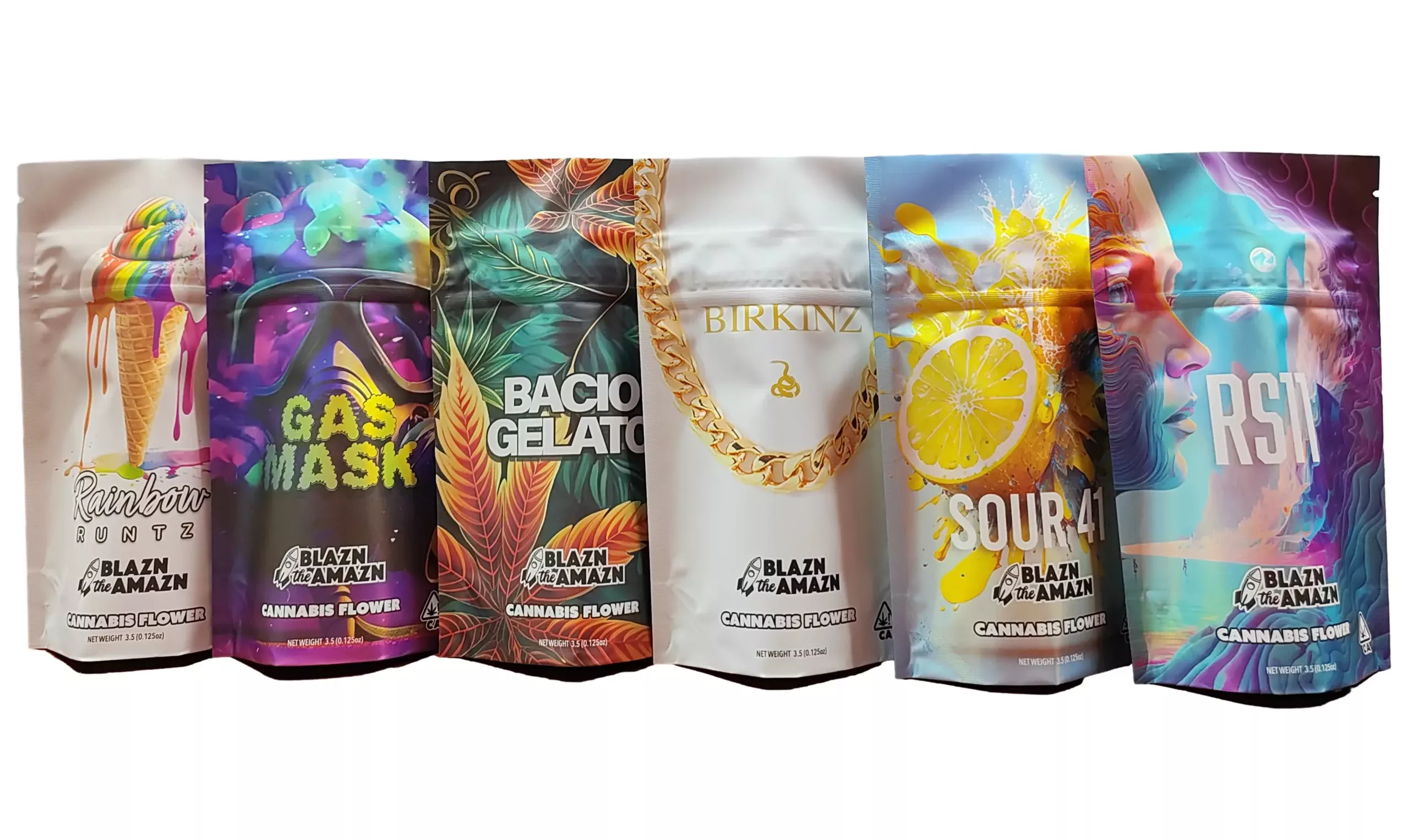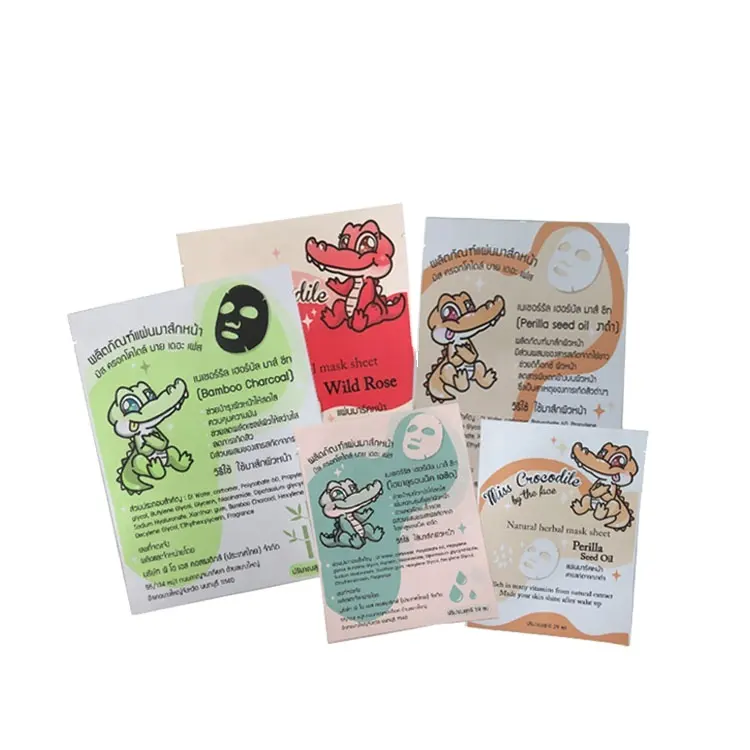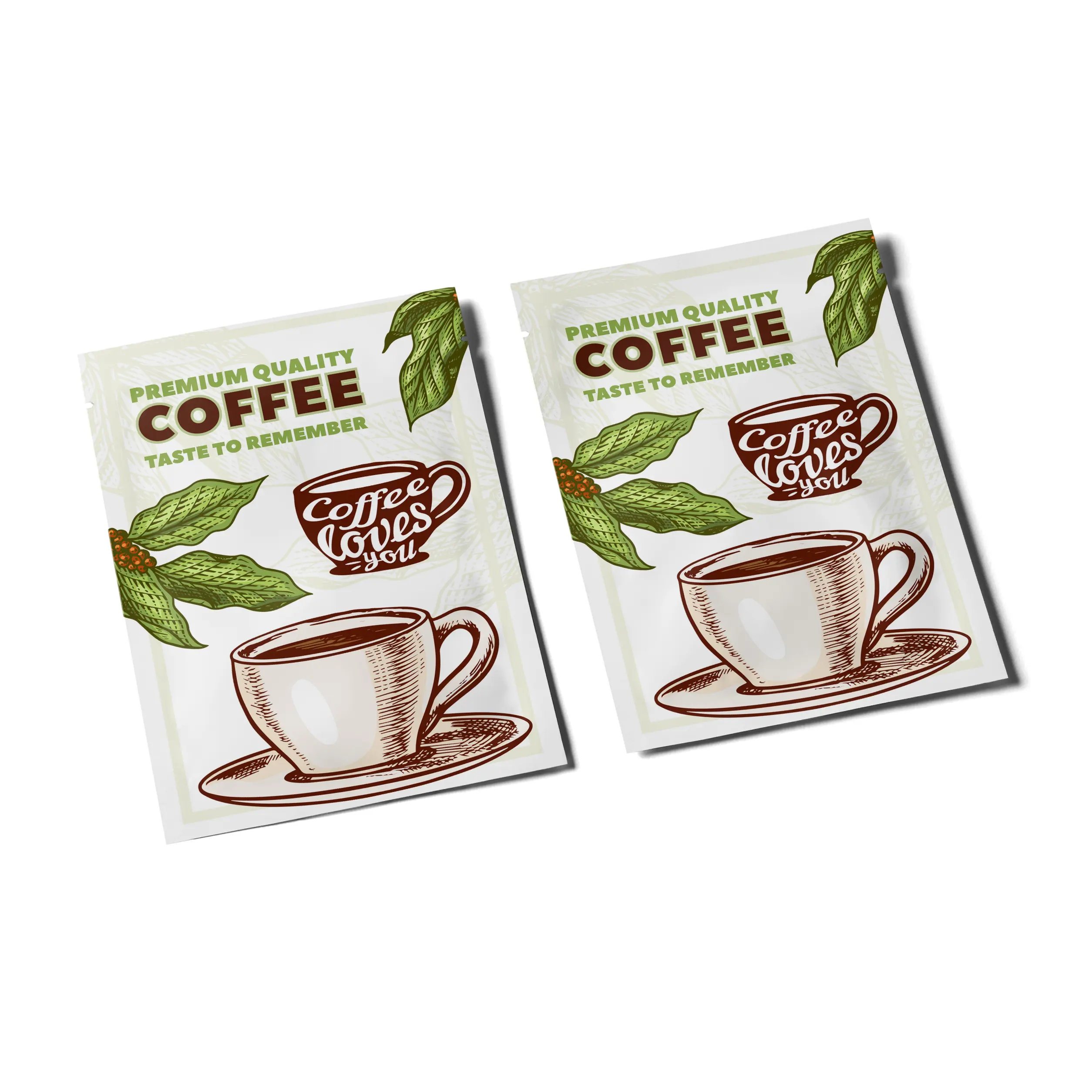Storing seeds long-term is an essential practice for gardeners, farmers, and survivalists who want to ensure a reliable food source in the future. Among the best methods for preserving seed viability is using Mylar bags, a versatile and highly effective option. Mylar bags provide an airtight, moisture-resistant, and light-blocking environment that helps keep seeds fresh for years. In this guide, we’ll explore why Mylar bags are ideal for long-term seed storage, how to properly pack them, and key tips for maintaining seed quality.
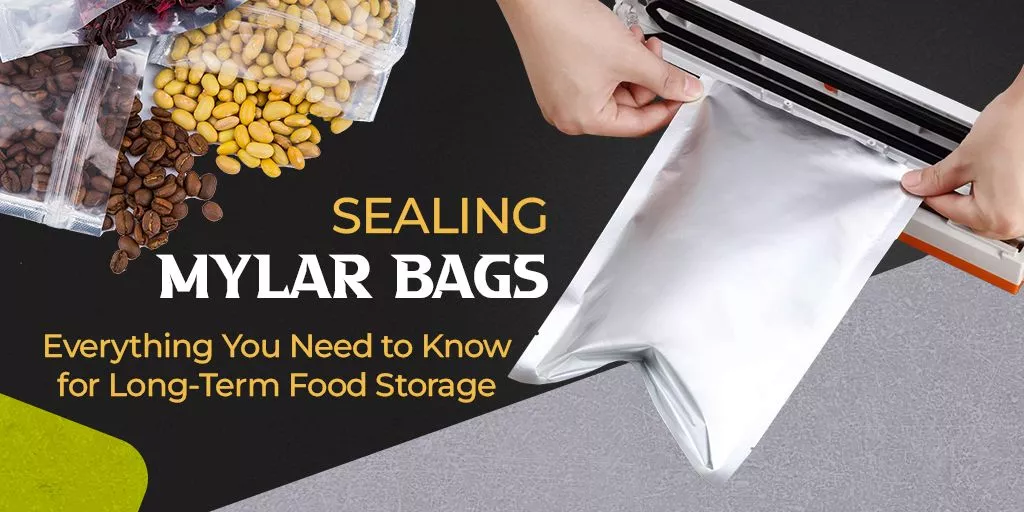
Why Mylar Bags Are Ideal for Long-Term Seed Storage
Mylar bags are made from a polyester film with excellent barrier properties, making them perfect for storing seeds for extended periods. Unlike regular plastic bags, Mylar bags offer a high level of protection against light, air, and moisture—three primary factors that can significantly reduce the viability of seeds over time.
When stored in Mylar bags, seeds are shielded from exposure to oxygen and humidity, which can lead to mold, mildew, and degradation. Additionally, the bags block out harmful UV light, which can damage seeds and reduce their germination rates. Thanks to their durability and effectiveness, Mylar bags are the go-to choice for long-term seed storage.
The Role of Moisture Control in Long-Term Seed Preservation
Moisture is one of the biggest enemies when it comes to storing seeds. Too much moisture can cause seeds to rot, while too little can result in poor germination. Mylar bags help control moisture levels, but they work best when combined with oxygen absorbers and ensuring the seeds are properly dried before sealing.
Before placing seeds in Mylar bags, make sure they are fully dry to prevent any remaining moisture from affecting them during storage. Oxygen absorbers are small packets that absorb excess oxygen in the bag, further reducing the risk of mold growth and seed degradation. Including oxygen absorbers in your Mylar bags creates an optimal environment for your seeds, keeping them safe for years.
Step-by-Step Guide: How to Pack Seeds in Mylar Bags
Properly packing seeds in Mylar bags is essential for ensuring their longevity. Here’s a step-by-step guide on how to do it:
- Prepare Your Seeds: Make sure your seeds are clean, dry, and free of any debris. Store seeds in their original packets or label them clearly if they’re in bulk.
- Use Oxygen Absorbers: Place an appropriate number of oxygen absorbers inside the Mylar bag. The number will depend on the size of the bag and the amount of air inside. As a rule of thumb, use one 300cc absorber for every gallon of space in the bag.
- Seal the Bag: Once the oxygen absorbers are inside, use a heat sealer to seal the top of the Mylar bag. Make sure the seal is airtight to prevent air from entering.
- Label the Bags: Label each bag with the seed variety and the date it was packed. This will help you track the storage period and ensure you use the oldest seeds first.
- Store the Bags Properly: Place your sealed Mylar bags in a cool, dark, and dry place to maintain seed viability.
How to Protect Seeds from Light and Temperature Fluctuations
Light and temperature fluctuations are key factors that affect seed longevity. Mylar bags are excellent for blocking light, but it’s also important to store the bags in a place that maintains a consistent temperature.
Seeds should be stored in a cool environment, ideally between 32°F and 50°F (0°C to 10°C). Avoid storing seeds in areas where temperatures fluctuate dramatically, such as attics or basements, as this can shorten their shelf life. Freezers are an excellent option for storing seeds long-term, as they maintain a stable temperature and further reduce the chances of pest infestation.
How Long Can You Store Seeds in Mylar Bags?
Mylar bags can extend the shelf life of seeds significantly, especially when combined with oxygen absorbers and proper storage techniques. In ideal conditions, many seeds can be stored for 5-10 years or more. However, some seeds, like those of leafy greens, may have a shorter shelf life, while others, like beans or corn, can last even longer.
It’s important to keep in mind that while Mylar bags can greatly extend seed viability, not all seeds will last indefinitely. As time passes, even well-stored seeds may experience reduced germination rates. Always check seed viability before planting to ensure a successful harvest.
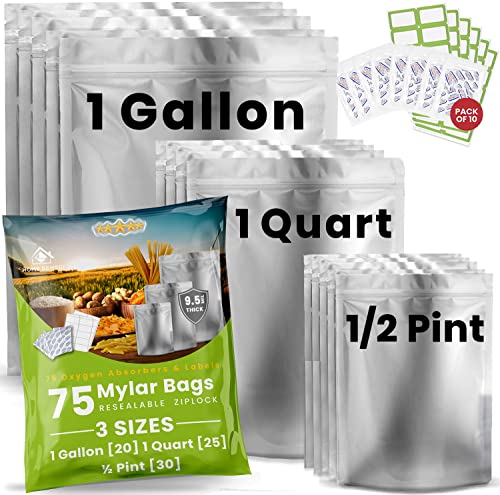
Common Mistakes to Avoid When Storing Seeds in Mylar Bags
While Mylar bags are a great tool for seed storage, there are some common mistakes you should avoid to ensure your seeds remain viable for as long as possible:
- Not Fully Drying Seeds: Always ensure seeds are completely dry before storing them. Even small amounts of moisture can cause mold or rot.
- Using Too Many Oxygen Absorbers: Excessive oxygen absorbers can create a vacuum, crushing delicate seeds or causing them to become too brittle.
- Improper Labeling: Always label the bags with the seed type and the packing date to avoid confusion and ensure that older seeds are used first.
- Storing in Warm, Humid Areas: Avoid storing your Mylar bags in hot or humid environments, as this can negatively impact the seeds over time.
By following these simple guidelines, you can avoid common pitfalls and ensure your seeds remain viable for many years.
Conclusion
Storing seeds long-term in Mylar bags is one of the best ways to preserve their quality and ensure a successful harvest when needed. By protecting seeds from moisture, light, and temperature fluctuations, you can extend their shelf life significantly. Be sure to follow proper packing procedures, include oxygen absorbers, and store your Mylar bags in an appropriate location to keep your seeds in the best condition possible.
By taking these steps, you’ll be well on your way to having a reliable and long-lasting seed supply for future planting seasons. Happy gardening!


